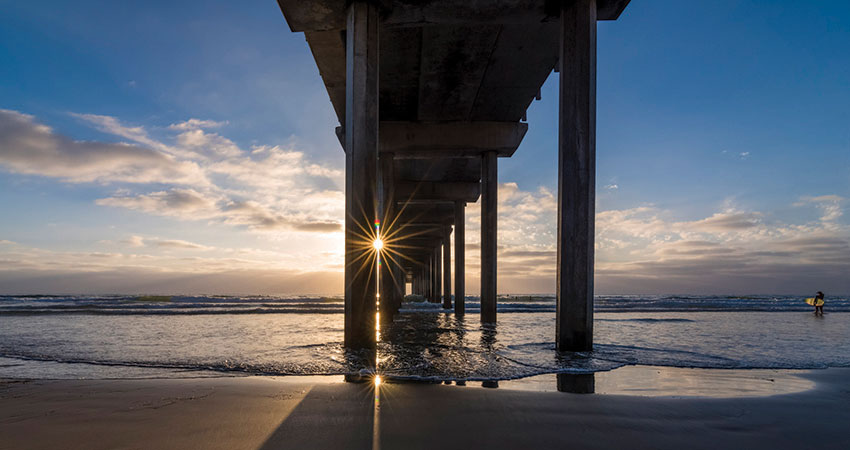
Weekly CASPO Seminar: join us on Zoom every Wednesday at 3:30 pm to hear about the latest and greatest in Climate, Atmospheric Sciences, and Physical Oceanography!
Lisa Beal, Professor of Ocean Sciences at the Rosenstiel School of Marine and Atmospheric Science at the University of Miami, will give a talk titled Shallow Cross-Equatorial Gyres of the Indian Ocean Driven by Seasonally Reversing Monsoon Winds.
Interior, cross-equatorial transports are unique phenomena of the Indian Ocean, fluxing heat and salt between hemispheres. We use real and simulated surface drifter trajectories to reveal three cross-equatorial gyres in the northern Indian Ocean that are driven by the seasonally reversing monsoon winds. Simulated trajectories are computed by advecting hundreds of thousands of particles through a monthly drifter climatology. Gyres are depicted using probabilistic pathlines, defined as the most common trajectories that cross the equator within the Somali Current. Northward pathlines in boreal spring and summer split into two gyres: A 1-year loop contained west of the Maldives, described as a wind-driven overshoot of the Southern Hemisphere equatorial gyre, and a 2-year figure-of-eight, encompassing the Great Whirl and reaching the eastern boundary via the equatorial Wytrki jet, to return westward within the North Monsoon Current. Both these gyres include cross-equatorial flow, driven by southward Ekman drift during the southwest monsoon. Southward pathlines through the Somali Current in winter originate in the dissipating Great Whirl and feed eastward into the South Equatorial Counter Current. Eighty-five percent of simulated trajectories participate in these gyres, with significant leakage into the Bay of Bengal (14%) and Mozambique Channel (8%). A striking result of our analysis is the lack of pathlines connecting the Somali Current and coastal upwelling regions with the Arabian Basin, in contrast to the continuous coastal current that seasonal streamlines depict. Geostrophic pathlines reveal slow connectivity between these regions below the surface. Consideration of upwelling and subduction is reserved for subsequent modeling studies.
Please sign up for the CASPO seminar mailing list in order to receive the zoom link and password prior to the seminar, and to receive information about future seminars.
If you are interested in presenting at a future seminar, or have suggestions for possible speakers, please fill out this form.




